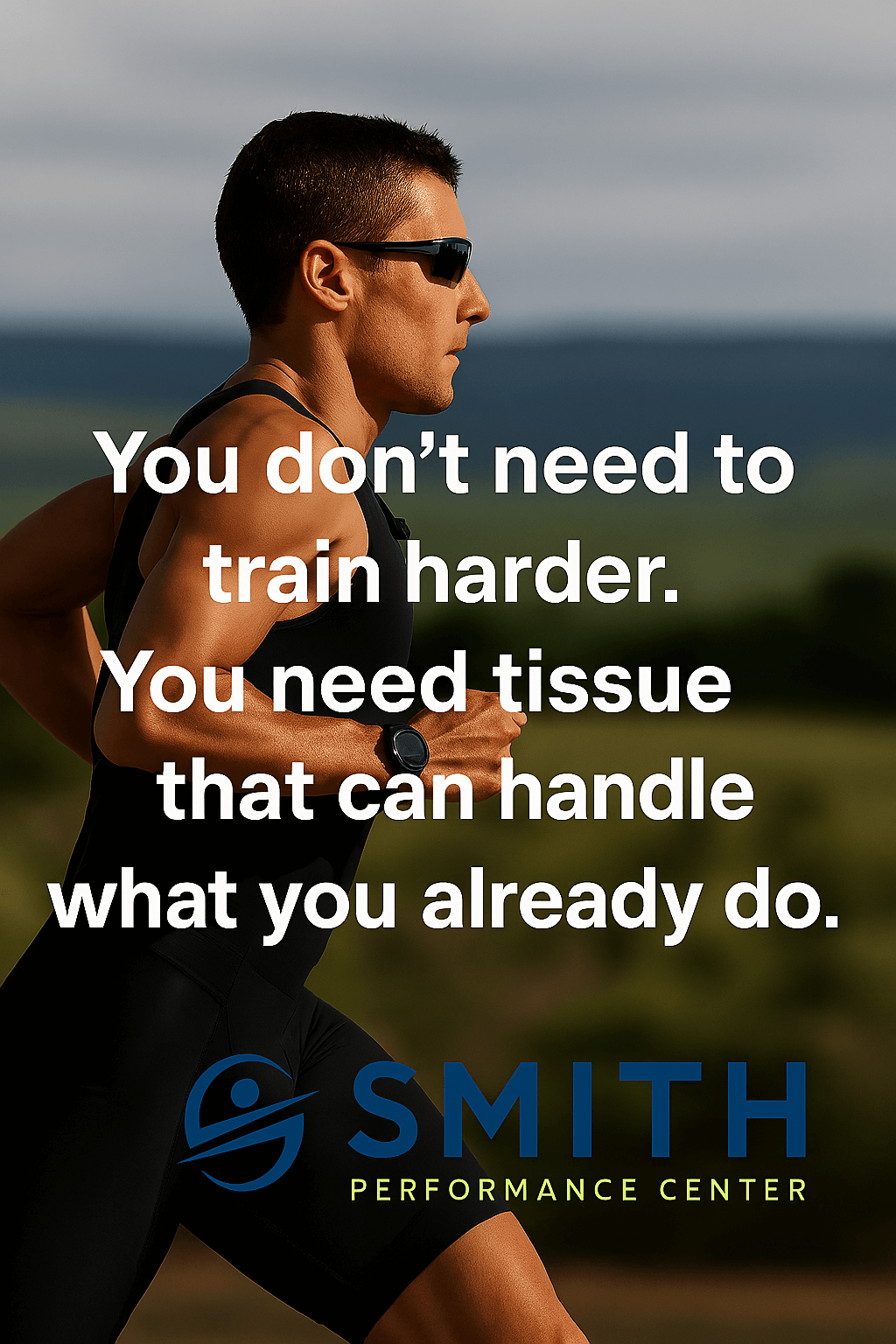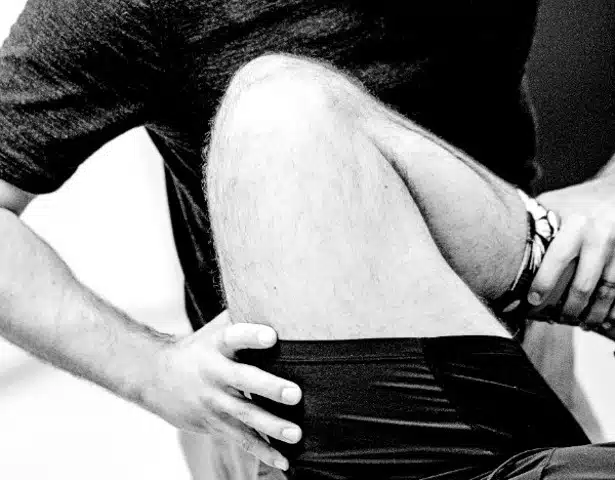Understanding the Rotator Cuff Anatomy and Function
There is a list of classic complaints I hear due to shoulder pain:
- I have trouble reaching behind my back.
- Putting on clothing hurts.
- Reaching for objects causes a spike in pain.
- I have trouble getting my arm overhead.
- I feel like one arm is weaker than the other, and fatigues quickly.
- I cannot throw.
- I have trouble sleeping on my shoulder due to pain.
- I have pain that runs down my arm.
- I have shoulder pain and now I have neck pain.
Often, these complaints are caused by an injury to the rotator cuff.
How do the anatomy and function of the rotator cuff impact physical therapy?
What is my rotator cuff injury?
How long till my rotator cuff injury is better?
Shoulder Overview
The shoulder is a complex joint. It is involved in most daily activities. Once it has become painful, symptoms can be alarming, persistent, and limiting. A crucial part of a healthy shoulder is a healthy rotator cuff. In this article, I will describe the rotator cuff so that you can start to understand why shoulder pain develops. Through this series of articles, you will learn how to test the rotator cuff, effective treatment strategies for rotator cuff injuries, and what to expect if you are a patient with a shoulder injury.
Understanding the rotator cuff
In order to understand the rotator cuff, you need to start with the anatomy. If you understand this, it makes the following information on injuries and treatment easier to understand.
Rotator Cuff Anatomy
The rotator cuff is a group of four muscles. They start from the shoulder blade and attach to the humerus. Three of the four muscles are on the back of the shoulder: supraspinatus, infraspinatus, and teres minor. One is on the front- subscapularis.
Each of the four has different actions, which leads patients (and practitioners) to think of them in isolation. I think the muscles are best understood as a sleeve. This muscular sleeve envelops the shoulder joint (see below). When the muscles contract, the sleeve compresses the joint, holding the shoulder in a stable position. Shoulder braces are designed to mimic this design.
Each rotator cuff muscle attaches partially to bone (the humerus), and partially to the joint capsule and ligaments. The shoulder joint capsule and ligaments also work to support the shoulder. Together with the rotator cuff, these are the two systems that control how your shoulder moves. Any time you use your arm, these systems work together to make the motion as efficient as possible.
Rotator Cuff Function
The rotator cuff muscles have several functions which are vital for the movement of the arm.
Key Concept 1
The most important role is to center the head of the humerus on the glenoid cavity of the scapula. The shoulder is often described as a golf ball (the head of the humerus) on a tee (the glenoid cavity of the scapula). In this analogy, the rotator cuff provides the force which holds the golf ball on the tee. Imagine the golf ball and tee rotated horizontally, or flipped upside down: the rotator cuff pulls the golf ball onto the tee in all these positions. Just like an actual golf ball and tee, if the ball is not centered on the tee, your drive will suffer. Similarly, if the humerus is not centered on the glenoid, your performance (and shoulder) will suffer.
Key Concept 2
The rotator cuff muscles produce rotational motion at the shoulder.
Subscapularis is the primary internal rotator of the shoulder.
Supraspinatus is a weak abductor and external rotator
Infraspinatus is the primary external rotator of the shoulder.
Teres minor assists with external rotation and weakly adducts the shoulder
Key Concept 3
The rotator cuff can provide physical support to the shoulder. Typically the labrum, ligaments, and joint capsule control unwanted movement. In cases where these structures are compromised, or with intense activity, the rotator cuff muscles provide a second layer of support.
Two examples of this:
Subscapularis can block the head of the humerus from moving too far forward (which often happens during throwing).
Infraspinatus can restrain the humerus from shifting too far posteriorly (to help prevent posterior dislocation).
Summary
This is a basic overview of the rotator cuff, but you can understand a lot about the shoulder just by understanding the rotator cuff. Please read on to understand how the rotator cuff structure and function described above relate to shoulder pain.







